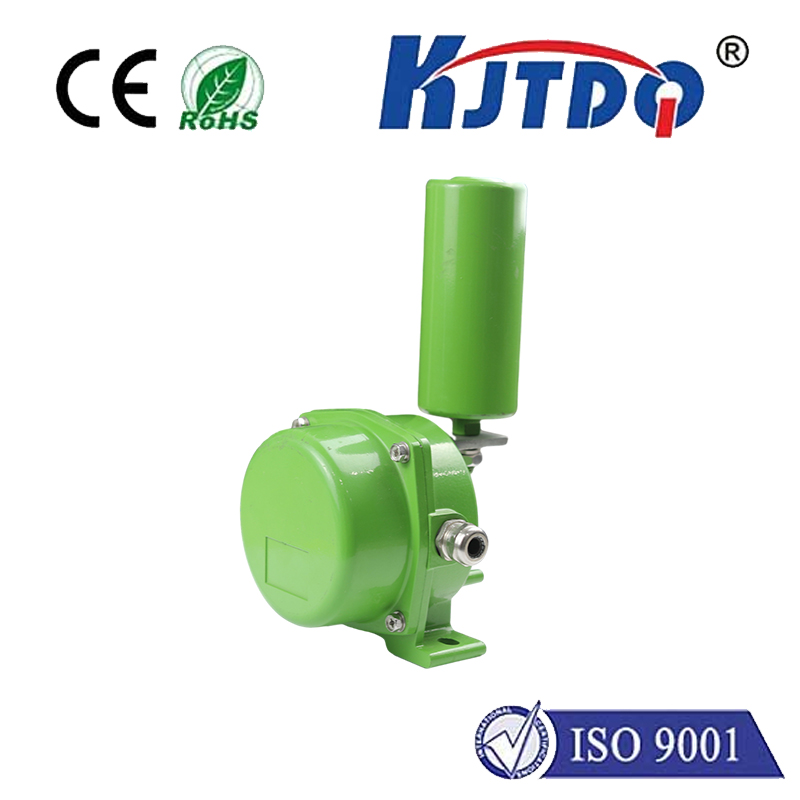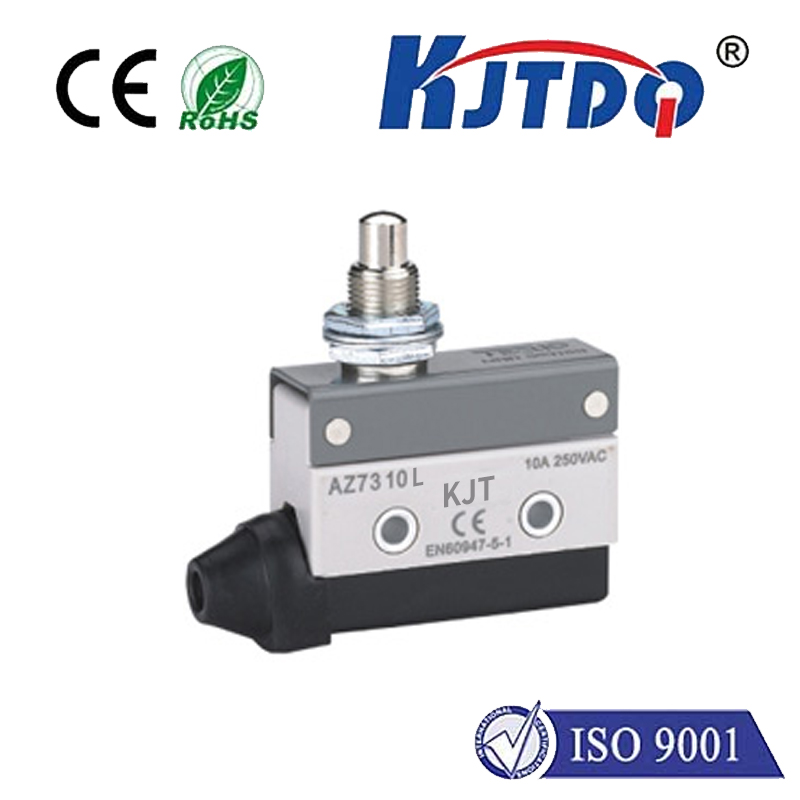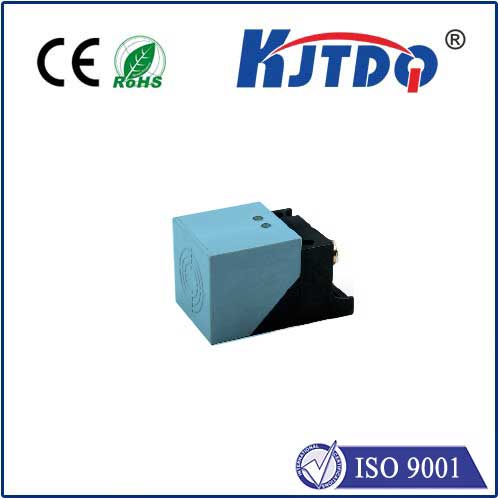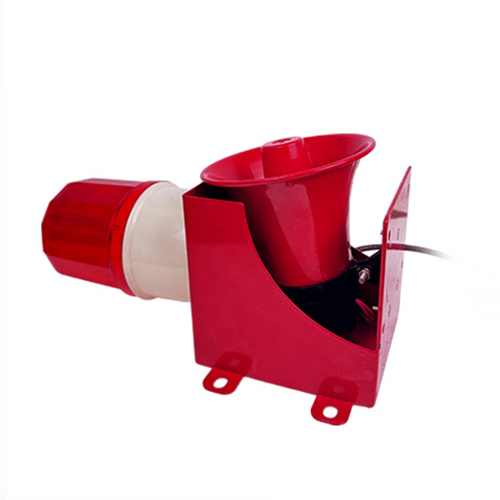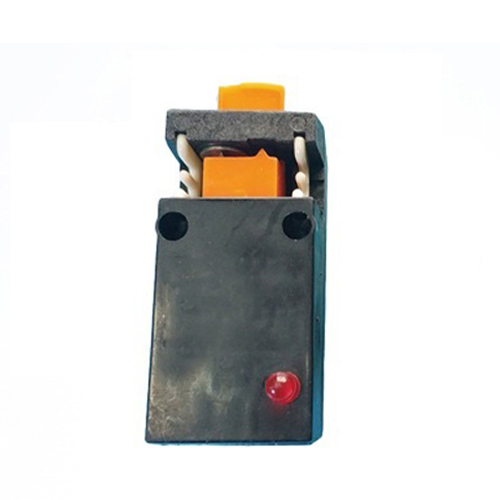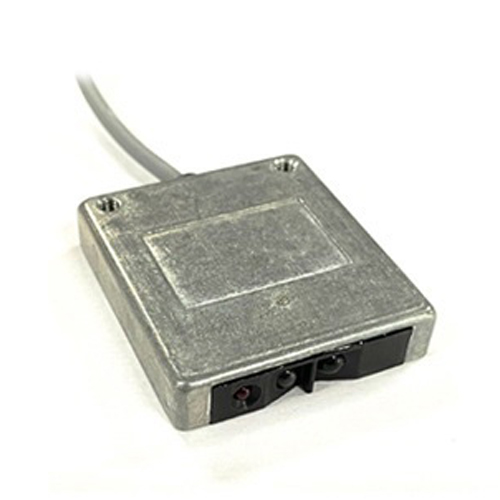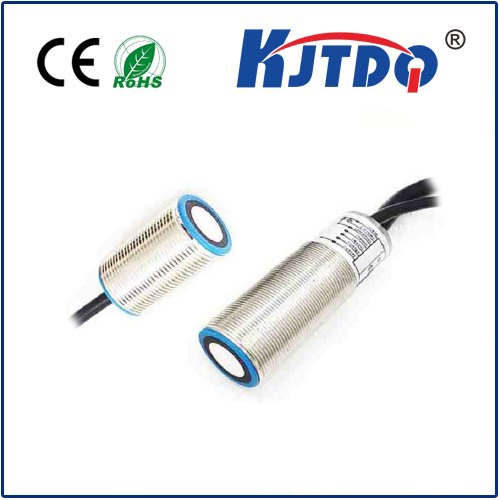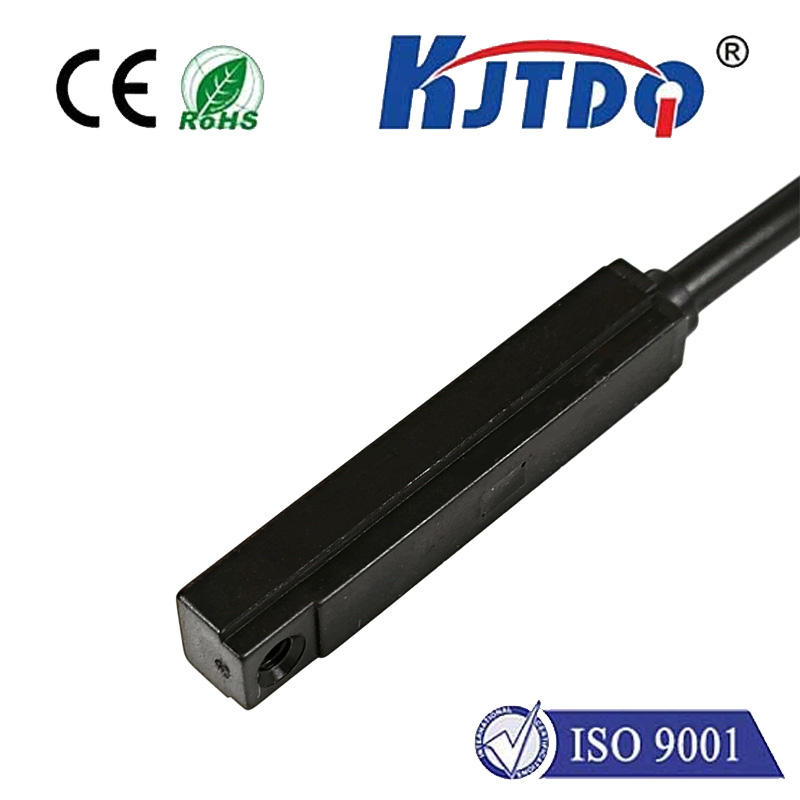

check

check

check

check

check

check

check

check

check

check
Title: Unlocking the Potential of Digital Distance Sensors in Various Industries
In today's world, technology has revolutionized the way we perceive and interact with our environment. One such innovation that has gained significant attention in recent years is the digital distance sensor. These small, yet powerful devices have transformed a variety of industries by providing accurate measurements of distance and proximity, opening up new possibilities for automation, security, and communication.
The Rise of Digital Distance Sensors
Digital distance sensors are based on infrared (IR) or超声波 technologies, enabling them to detect and measure distances ranging from a few centimeters to several meters. They work by emitting a signal and receiving the echo back, allowing the device to calculate the distance between the emitter and receiver. The accuracy of these sensors depends on factors such as the materials used, the frequency of the signal, and the design of the sensor itself.

Automation and Industry 4.0
One of the most significant applications of digital distance sensors is in automation and Industry 4.0. By incorporating these sensors into manufacturing processes, companies can improve efficiency, reduce waste, and enhance product quality. For example, in the automotive industry, digital distance sensors can be used to monitor the condition of vehicles' components, ensuring that they are functioning properly and preventing potential malfunctions. In logistics and transportation, these sensors can help optimize routing and load handling, leading to faster delivery times and reduced costs.
Smart Home and Security Systems
Digital distance sensors have also made their way into smart home and security systems, offering enhanced safety and convenience. Smart door locks equipped with digital distance sensors can detect when someone approaches the door and automatically unlock it, providing increased security for homeowners. Similarly, smart smoke detectors use these sensors to detect smoke and alert homeowners before the problem becomes severe.
Remote Monitoring and Telemedicine
Another area where digital distance sensors excel is in remote monitoring and telemedicine. By using these sensors to track vital signs and other health-related data, healthcare professionals can provide better care to patients in remote or underserved areas. For instance, wearable devices that incorporate digital distance sensors can monitor a patient's heart rate, blood pressure, and other essential metrics in real-time, allowing doctors to intervene if necessary. This technology has been particularly valuable during the COVID-19 pandemic, where telemedicine has become essential for maintaining continuity of care.
Conclusion
As digital distance sensors continue to evolve, their potential applications will only continue to expand. With their ability to provide accurate measurements of distance and proximity, they have already transformed various industries by improving efficiency, security, and communication. As we move towards an increasingly connected world, it is clear that digital distance sensors will play a crucial role in shaping our lives and businesses for years to come.
